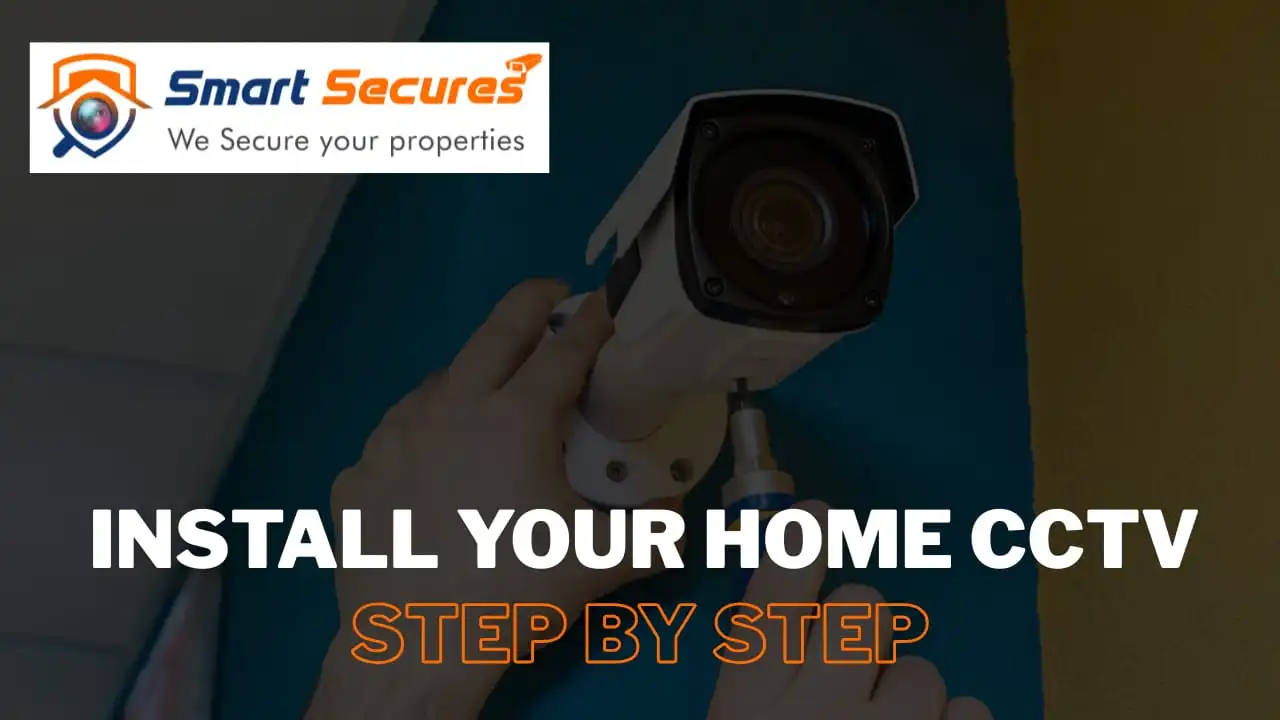Home security has become a top priority for families today. Installing a CCTV camera at home is one of the best ways to protect your loved ones and property.
Many homeowners believe that installing CCTV is hard. However, with the right steps, you can easily set up a CCTV camera yourself. In this guide, we will show you how to install a CCTV camera at home. We will make the process simple, affordable, and safe.
Why Install a CCTV Camera at Home?
Before learning the step-by-step process, let’s understand why CCTV cameras are essential for homes:
- Enhanced security—Keep an eye on your property 24/7.
- Crime prevention—Deter theft, burglary, and unwanted activity.
- Remote monitoring—Check live footage on your smartphone anytime.
- Peace of mind—Protect your family, children, and valuable assets.
Tools and Materials Required
To start the CCTV installation, gather the following tools and items:
- CCTV cameras (wired or wireless)
- DVR/NVR system
- Power supply cables
- Drill machine and screws
- Monitor or mobile app for viewing
- Internet connection (for remote access)
CCTV Camera Step-by-Step Installation at Home
Step 1: Choose the Right CCTV Camera
First, select the type of camera that suits your home:
- Wired CCTV camera – Reliable connection, best for permanent setups.
- Wireless CCTV camera – Easy to install, great for rented homes or small spaces.
- IP CCTV camera – High-quality video with remote monitoring features.
Step 2: Select the Camera Location
Placement is key for effective surveillance. Install cameras:
- At the main entrance and back door
- Near windows and balconies
- Inside living rooms or hallways
- Parking or garage areas
Ensure the camera covers a wide angle and is placed at a height to avoid tampering.
Step 3: Mount the Camera
- Use a drill machine to fix the mounting stand.
- Attach the camera securely with screws.
- Adjust the angle for maximum coverage.
Step 4: Connect the Camera to DVR/NVR
For wired systems:
- Connect the camera cables to the DVR/NVR.
- Plug in the power supply.
For wireless systems:
- Connect the camera to Wi-Fi.
- Use the mobile app or monitor for live streaming.
Step 5: Power Up the System
- Switch on the DVR/NVR and cameras.
- Ensure the power supply is stable.
- Check the video feed on your monitor or smartphone.
Step 6: Configure the Software
- Install the CCTV viewing app or software.
- Set up recording schedules.
- Enable motion detection alerts.
- Test remote access using your smartphone.
Step 7: Test and Secure the System
- Check video clarity during the day and night.
- Make sure all cameras are recording properly.
- Set up password protection to prevent hacking.
Tips for Easy Home CCTV Installation
- Utilize wireless CCTV cameras for a hassle-free setup.
- Keep cameras connected to a backup power supply.
- Clean the camera lens regularly for clear footage.
- Hide cables to avoid damage or tampering.
Conclusion
Installing a CCTV camera at home may seem complicated. However, by following this simple guide, anyone can secure their property without needing a professional. Whether you choose a wired or wireless system, the correct placement and configuration will ensure maximum safety. Protect your home today with smart CCTV solutions and enjoy peace of mind 24/7.

